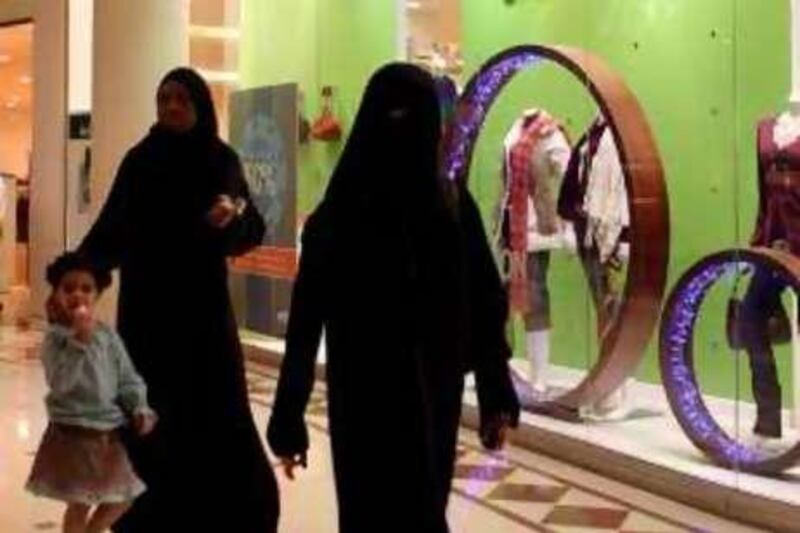Inflation slowed slightly in Saudi Arabia during the month of September, to 10.35 per cent from 10.8 per cent, according to official data. This is one of the first signs that inflation may have peaked in the region, after rising dramatically during the last two years, analysts said. The move comes when several Gulf countries are taking extraordinary measures to pump emergency money into their economies, in an attempt to ease a credit shortage that has sent stock markets reeling and hiked the cost of borrowing for both consumers and bankers throughout the the region.
"This indicates inflation is on a downward trend and that the peak was during the summer," said John Sfakianakis, chief economist at SABB bank. "This says to me that the government's priority in 2009 will no longer be inflation but growth." Government actions taken during the last two months to ease the credit crunch ? including injecting money directly into banks and lowering key interest rates ? would normally contribute to inflation, economists say. However, a strengthening dollar has helped to rein in price increases, since most Gulf countries peg their currencies to the dollar. When the dollar weakened earlier this year, it made imports more expensive, driving up inflation.
*with agencies tpantin@thenational.ae





